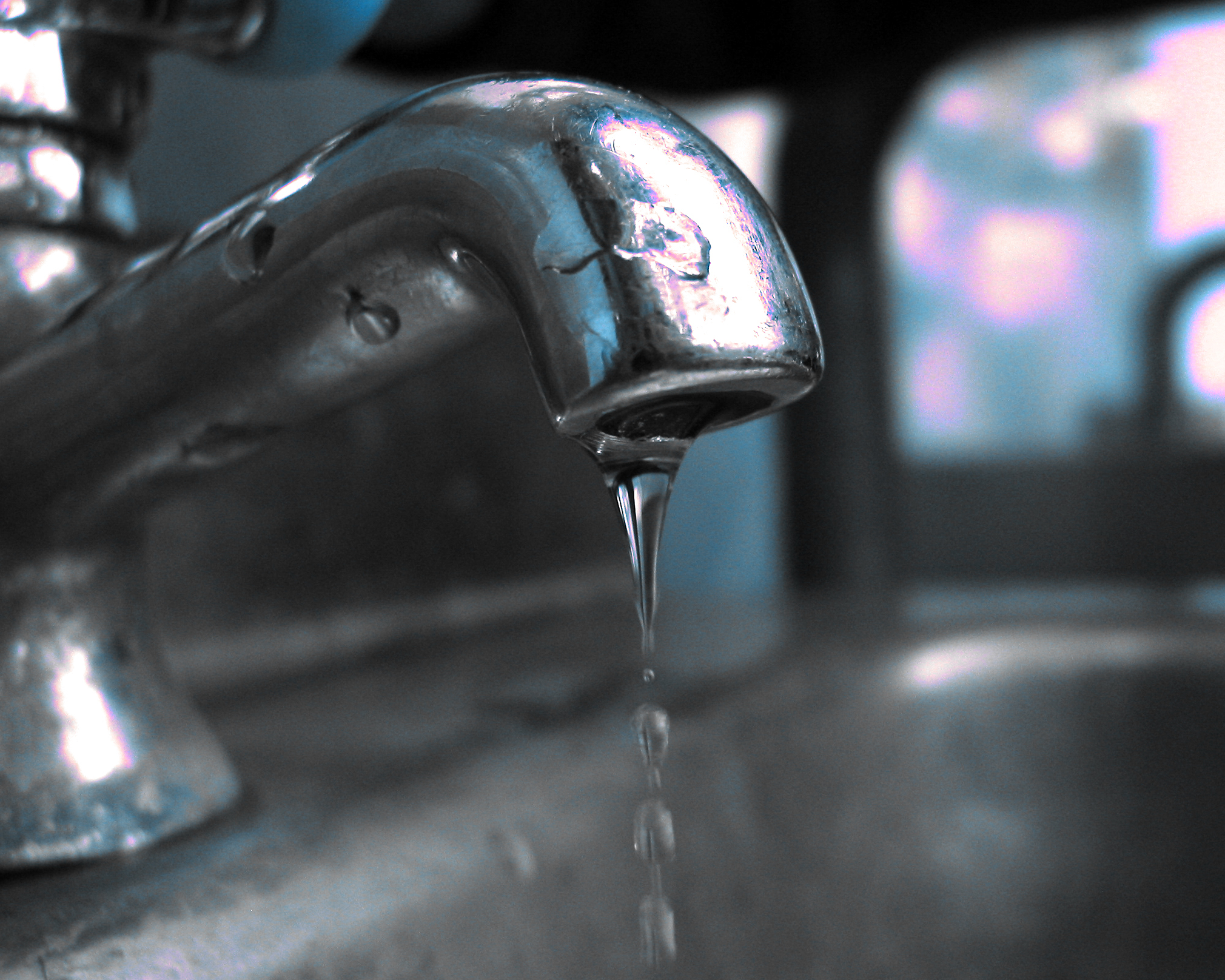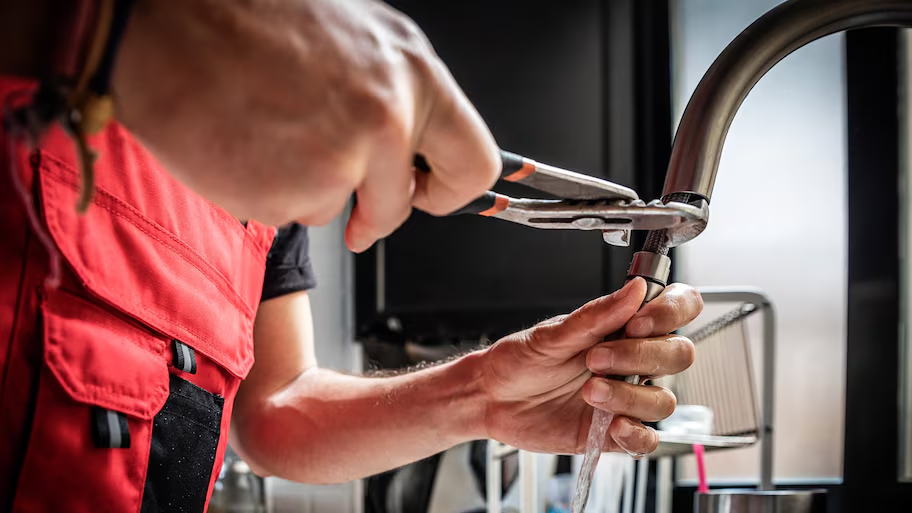Our Reasons Behind Resolving a Malfunctioning Faucet
Our Reasons Behind Resolving a Malfunctioning Faucet
Blog Article
We have found the article pertaining to Water Dripping from Faucet: Why and How to Fix directly below on the net and figured it made perfect sense to share it with you in this article.

Leaking faucets may seem like a small trouble, but their influence goes beyond simply the inconvenience of the audio. From wasting water to sustaining unnecessary economic expenses and health dangers, overlooking a dripping tap can lead to different consequences. In this post, we'll delve into why it's vital to address this typical house issue without delay and efficiently.
Waste of Water
Ecological Influence
Leaking taps contribute significantly to water wastefulness. According to the Epa (EPA), a solitary tap trickling at one drip per secondly can squander more than 3,000 gallons of water each year. This not just strains water sources yet also impacts ecosystems and wildlife depending on them.
Step-by-Step Guide to Taking Care Of a Dripping Tap
Devices Required
Prior to attempting to repair a leaking tap, collect the necessary tools, consisting of a flexible wrench, screwdrivers, substitute components (such as washers or cartridges), and plumber's tape.
Common Faucet Issues and Their Solutions
Determine the kind of faucet and the certain concern creating the drip. Usual problems include worn-out washers, corroded valve seats, or malfunctioning O-rings. Describe supplier instructions or online tutorials for detailed guidance on repairs.
Financial Costs
Enhanced Water Bills
Beyond the environmental impact, dripping faucets can inflate water bills substantially. The accumulated wastage with time converts right into greater utility costs, which could have been avoided with timely repairs.
Potential Residential Or Commercial Property Damage
Furthermore, prolonged dripping can lead to harm to components and surfaces surrounding the tap. Water buildup can trigger staining, corrosion, and also architectural problems if left unattended, resulting in added fixing costs.
Health Problems
Mold And Mildew and Mildew Growth
The consistent visibility of wetness from a dripping tap develops a suitable atmosphere for mold and mold growth. These fungis not only endanger indoor air quality yet likewise position health threats, especially for people with breathing conditions or allergic reactions.
Waterborne Diseases
Stationary water in dripping taps can end up being a breeding place for germs and other microorganisms, increasing the threat of waterborne diseases. Impurities such as Legionella germs grow in stagnant water, possibly causing severe diseases when consumed or inhaled.
Do it yourself vs. Professional Repair service
Advantages and disadvantages of Do It Yourself Repair Work
While some might attempt to take care of a dripping faucet themselves, do it yourself repair work come with their own set of challenges. Without appropriate understanding and devices, do it yourself efforts can aggravate the issue or lead to incomplete repairs, extending the trouble.
Benefits of Employing an Expert Plumber
Working with a professional plumber guarantees that the underlying source of the trickling faucet is attended to effectively. Plumbing technicians have the knowledge and tools to diagnose and repair tap problems successfully, conserving time and reducing the danger of additional damages.
Ecological Responsibility
Individual Contribution to Conservation
Taking obligation for dealing with dripping faucets aligns with more comprehensive initiatives towards water conservation and environmental sustainability. Every individual's actions collectively make a considerable effect on protecting valuable sources.
Lasting Living Practices
By focusing on timely repair services and embracing water-saving habits, people add to lasting living techniques that profit both present and future generations.
Preventive Measures
Regular Maintenance Tips
To prevent dripping faucets, perform routine upkeep such as cleaning up aerators, checking for leaks, and replacing worn-out components without delay. In addition, take into consideration mounting water-saving gadgets or updating to much more efficient fixtures.
Importance of Prompt Repairs
Attending to leaking faucets as soon as they're seen protects against more water waste and potential damage, inevitably conserving both water and money in the future.
Influence On Building Worth
Understanding of Well-Maintained Property
Keeping a property in good condition, consisting of attending to maintenance concerns like leaking faucets, boosts its perceived worth and charm among possible purchasers or tenants.
Influence on Resale Worth
Qualities with well-kept plumbing components, including taps, command higher resale worths in the realty market. Addressing leaking faucets can contribute to a favorable perception throughout residential property evaluations and settlements.
Verdict
Dealing with a trickling faucet surpasses mere ease; it's a vital action toward saving water, reducing monetary prices, and protecting wellness and property. Whether with do it yourself repairs or expert aid, taking action to take care of trickling faucets is a little yet impactful method to advertise responsible stewardship of resources and add to a much healthier, more lasting future.
How to Fix a Dripping or Leaky Faucet
A leaking faucet is one of the most common problems that homeowners encounter, but it being commonplace doesn’t make it any less annoying. The constant drip drip drip of a leaking bathtub faucet, showerhead, or sink tap can disturb your home’s serenity. Left neglected, a dripping faucet can also result in higher water bills and discoloration or mold growth in your sink or plumbing fixtures.
Fortunately, you don’t have to be a trained plumber to know how to stop a dripping faucet. With some basic tools, replacement parts, and a little patience, leaky faucet repair is a breeze. In this article, we’ll explain what causes dripping faucets and how you can fix them.
What Causes a Leaking Faucet?
Kitchen and bathroom faucets come in all manner of designs, but most involve some combination of valves, O-rings, seals, and washers. The O-ring is usually the weakest link, but any one of these pieces can wear down over time. Heat, moisture, temperature fluctuations, minerals, mold, and movement can contribute to warping and corrosion, breaking the watertight seal. This just comes with the territory of being a homeowner. Everything is always subject to wear and tear, and some component parts of your appliances and fixtures need to be replaced on occasion. At least replacement O-rings are cheap!
More rarely, dripping faucets can be a symptom of excessively high water pressure. Were this the case in your home, you would probably notice that the leak is not isolated to one faucet. Water pressure issues are harder to resolve on your own. We recommend contacting a professional plumber if you suspect your water pressure is too high.
How to Fix a Dripping Faucet
Pipe wrench or monkey wrench Allen wrench set Screwdrivers Old towel or rag Shut off the water.
Before you do anything, you need to turn off the water to keep from drenching your kitchen or bathroom. You should find a valve under the sink and against the wall. Once you’ve turned this valve, try turning the faucet on to confirm that the water source has been cut off.
If you can’t locate your local valve for the faucet you’re working on, you can always shut off the water to the house at the main valve. Of course, this will prohibit anyone from using the sinks, showers, or toilets while you’re working on the faucet that’s giving you trouble.
Plug or block the drain.
You’ll be disassembling the faucet and removing some small bits of hardware. Plug the drain with a stopper or rag to avoid the possibility of a small screw falling into your P-trap.
Take apart the faucet assembly.
There are several varieties of kitchen and bathroom faucets, each with its own manner of assembly. For detailed instructions on how to disassemble your faucet, you can refer to the fixture’s manual or contact the manufacturer. If you know whether you have a ball, disc, cartridge, or compression faucet, you can find detailed schematics online.
In general, you need to begin by removing the faucet handles. You might notice a small screw that you’ll need to remove with a screwdriver or Allen wrench. If you don’t see any visible securing hardware, it’s likely hidden under a decorative cap that can be unscrewed or popped off with flathead screwdriver.
Remove each piece methodically, consulting a schematic when necessary. Take notes or arrange the pieces in such a way to make it easier to correctly reassemble the faucet later.
Remove the cartridge.
Once you’ve removed the handles and securing hardware, you should be able to remove the valve cartridge or stem. Some cartridges will slide right out. Other faucet models will require you to loosen a nut with a pipe wrench before you can remove the valve stem.
Examine the exposed hardware.
With the cartridge or stem removed, inspect the component parts. Check the rubber O-rings for wear and tear. Also examine the seat washer for corrosion or other damage. These pieces are usually the responsible parties for a dripping faucet, but it’s worth inspecting the other component parts while you have the faucet disassembled.
Find replacement parts.
Once you’ve identified which faucet component has failed, find an identical replacement. Your local hardware store should have O-rings, seat washers, and other standard components in stock. If you have a luxury or uncommon faucet, you may have to contact the manufacturer for a replacement part.
It’s a good idea to take your old parts with you to the hardware store so you can compare them with the store’s inventory and be sure you’re purchasing the correct replacement.
Reassemble the faucet.
With your new parts in hand, reconstruct the faucet and handles. Don’t be tempted to overtighten screws or nuts. You might think this could create a better seal, but it can instead damage or bend a delicate part of the assembly and create a new problem for you.
Turn on the water and test the faucet.
The only thing left to do is test your work. Unplug the sink, turn the water back on, and try the faucet. Congratulate yourself on a job well done!
https://www.libertyhomeguard.com/how-to-fix-a-dripping-or-leaky-faucet/

We hope you enjoyed our article about 4 Common Reasons for a Leaky Faucet. Thanks a ton for taking the time to read through our piece of content. So long as you enjoyed our blog post please do not forget to pass it around. I recognize the value of reading our article about Leaky Faucets: Why They Happen & What to Do About Them.
Report this page